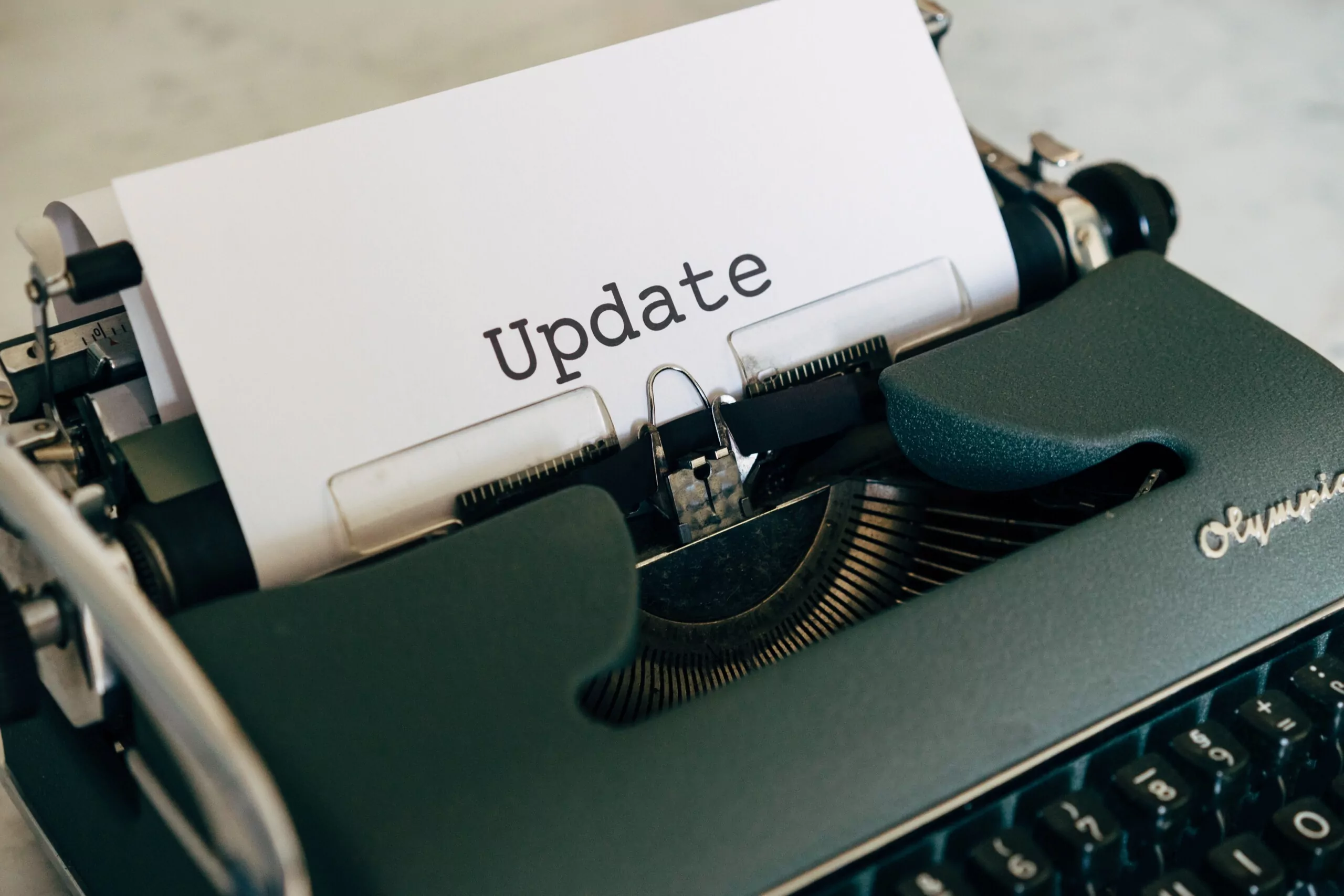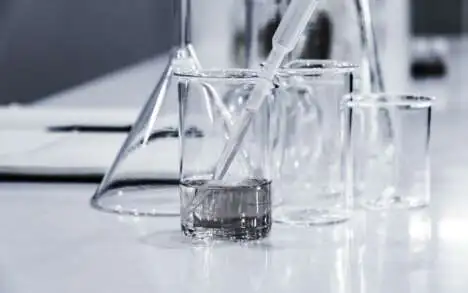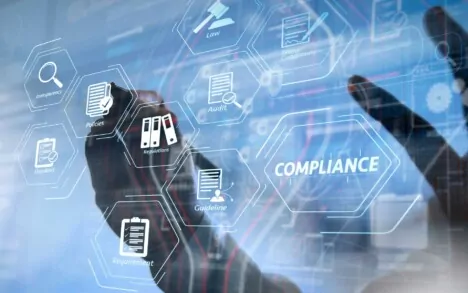Author: Jenny Lin
On 18 March 2021, China published its final version of the revised Regulations on the Supervision and Administration of Medical Devices (Order No. 739, an update on Order No. 680). The new Regulations are scheduled to take effect on 1 June 2021.
There are some variations in the final version of the document in comparison to the previous draft published in 2018. The changes are undoubtedly a mixed bag of good and “not so good” news (but it is unlikely that your device breaks any of the final rules), so let’s explore the key areas.
The potentially good news:
- Opens to self-testing reports: the new Regulations allow self-test reports as well as test reports issued by an in-country qualified testing lab. Whilst this is a major step in easing the currently strict testing requirement for foreign manufacturers (local type testing are mandatory under the current Order. No 680), practical implementation of this rule remains unknown. It will be interesting to see to which extent overseas test results will be accepted by the NMPA (EMC, electrical safety…etc)? Will there be a unified approach across different assessors? This is yet to be seen.
- Relaxed requirements for innovative devices: Innovative devices which have not been marketed overseas no longer require a free sale certificate issued by the country of origin. This will significantly streamline the approval process for imported innovative devices.
- Conditional product approvals: The State Council may allow conditional approvals (with a limited time-period and scope). This includes devices intended for:
- rare and severely life-threatening diseases without effective treatments; and
- significant major public health emergencies or other emergencies that seriously threaten public health. We have seen this being put in practice during the Covid-19 pandemic.
- Special permission for import of a small amount of Class II and Class III devices: In response to an urgent clinical need, the State Council may authorise import for a small quantity of Class II or Class III devices for use at a designated medical institution in China.
- Development of new IVDs: provided that there is no similar product on the market, medical institutions can use self-developed (in-house) IVDs inside their facilities and according to their own needs under the guidance of a practicing physician.
The “not so good” news:
- New requirements related to online sales: Entities who sell Class II and III devices online must report information relating to their online sale activities to the local FDA, at the municipal level (some Class II devices may be exempted – this will be announced by NMPA). The platform which provides the trade services for medical devices must verify the identity of the sellers such as their business licenses and the registration status of their products.
- New penalties for the local FDA: The new Regulations impose penalties on the local FDA that fails to identify and eliminate systemic safety risks of medical devices in time. This will likely mean a strengthening of post market scrutiny on product safety.
- Changes to responsibilities for the management of advertising: the new law shifts the responsibility of managing advertising of medical devices from the local FDA to the State Administration for Market Regulation (SAMR). Whether or not it means “tightened” law enforcement on advertising is yet to be seen.
- Unique Device Identifier (UDI) system: as is the case in many other jurisdictions, a UDI system will be required in China. This system will be implemented in stages and the relevant rules/guidance are yet to be published.
- Increased penalties for entities in violation of the Regulations: the fines directed at companies which illegally sell or manufacture medical devices are raised from RMB$100,000 to RMB$150,000; the period for the regulatory authority to reject applications from those companies is increased from 5 to 10 years. There is also an income confiscation for the responsible person and all the relevant personnel. More incentives to comply!
Following the above announcement of the new Regulations, we expect to see the supporting sub-regulations and guidance to be released by the NMPA in the coming months. Whether some of these rules will in practice result in strengthening the regulatory authority or allow more flexibility for manufacturers is yet to be experienced. We will continue to monitor and share our experience of these new Regulations so stay tuned for more updates!Contact us








